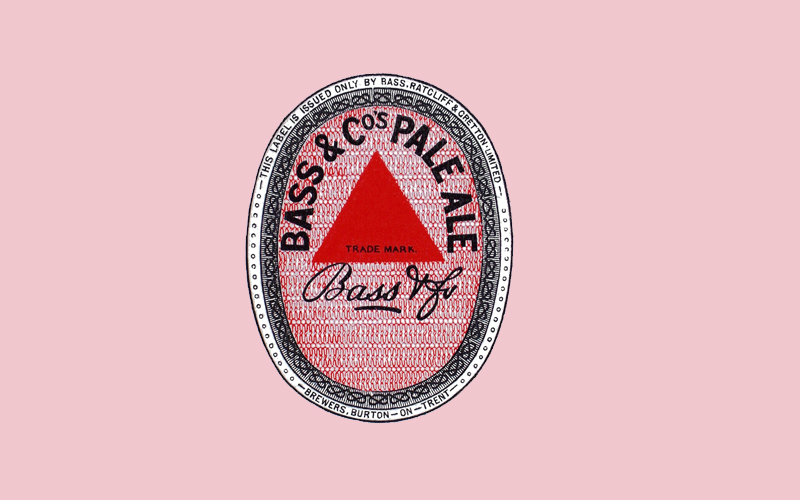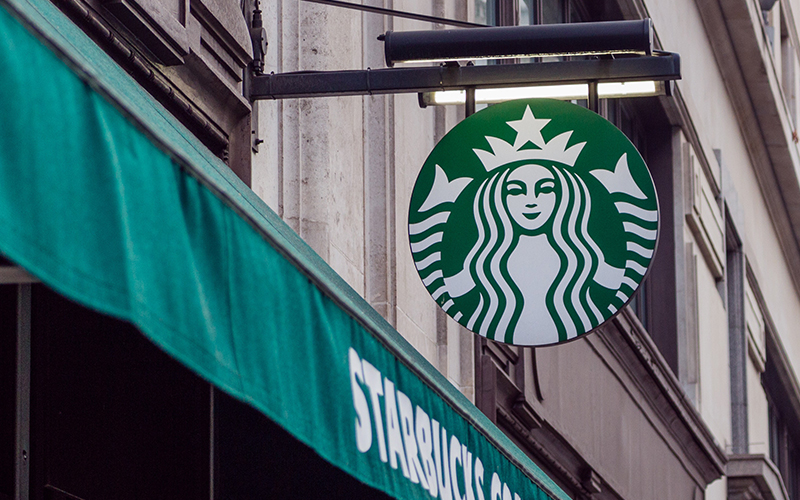It should come as no surprise that the concept of a logo, since its first trademarked existence in 1876 has remained constant in its importance to a brand’s equity. Strong brands today are distinguished by their brand personality and visual design characteristics.

To understand the ‘why(s)’ and ‘how(s)’, the first things to cross out in the checklist is to understand the meaning and correlation between each of the mentioned brand elements in regard with brand equity.
Brand personality is how you conceptualise a brand through personification. When you read, ‘Ed Hardy’ in its red cursive or ‘Nike’ in its boldness, the personality you form in your head is ruggedness. Similarly, when you read ‘Rolex’, or even ‘Rolls Royce’, the second thing to come on your mind following a classy automobile is its sophistication. How do you form these?
Brand logos ideally serve the purpose of exhibiting said personalities. A consumer’s curiosity and perception of a brand are more often than not based on the first impression. Hence, brand equity is very well defined by the brand’s personality and the ability of the logo to be descriptive of the same.
Before we dive in, here is a pro tip: Do not ever hesitate to invest in a good logo. The rewards undoubtedly come in manifold before you know it. This is because your brand personality is never better reflected than in your logo.
Here is where you make your first and probably, lasting impressions:
In an increasingly competitive market, you want your stimuli to have the greatest effect. To an unfamiliar consumer, the visual identity of your brand will be instrumental to form a response or perception that will later influence his/her buying behaviour.
Moreover, a logo cements the impression of the brand personality to later influence brand equity. What you need to be looking for is to create strong impressions of trust and authenticity. This is highly valued by customers.
Activating associations is important for audience retention. It is one of those agents that play a role in affecting brand equity. This means that the name of your brand, its logo, congruence with other brand elements has its overall impact.
Imagine McDonald’s but in a black and white billboard, or, Burger King but in Times NewRoman. Disorienting? Yes. This is the power of associations. Fonts and forms are often known to elicit specific responses to brand impressions.
Research and learn what works for your target audience.
Some logos fare so much better with just icons, while others require words or a mixture. Characteristics of visual design in a logo like an asymmetry, incompleteness are very often perceived to be sleek, modern and innovative.

Feeding of the first pointer, how a consumer perceives your brand determines the commercial value you will receive from the consumer. This is where the buying behaviour of your target market is determined.
The generation and retention of all these stimuli help to understand your perception in the market. Thus, the relationship between descriptiveness and brand equity becomes apparent. The research accrued from this primary perspective later influences marketing decisions and campaigns.
While your logo doesn’t have to be informative, it can surely direct your consumer towards favourable responses, the kind you are looking to serve. To build credibility and authenticity is hence reliant on making strong impressions that provide value to your consumer.